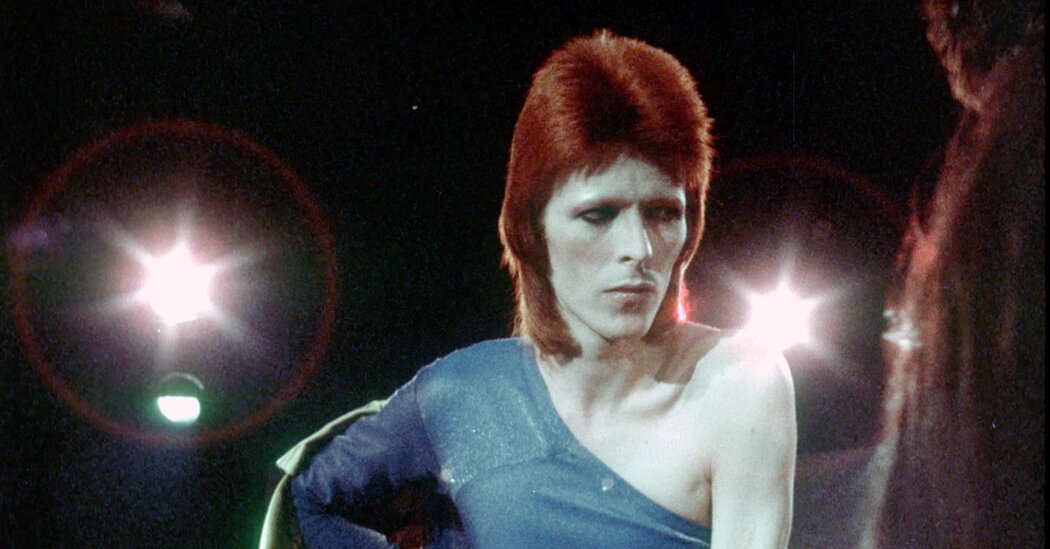THE SECRET PUBLIC: How Music Moved Queer Culture From the Margins to the Mainstream, by Jon Savage
Jon Savage, the author of the epic punk history “England’s Dreaming,” returns with an even longer examination of the dual histories of pop music and gay life, from the beginning of the rock era in 1955 to the fall of disco in 1979, ending just before MTV and AIDS. His intention in “The Secret Public” is to show how gay musicians and audiences affected the mainstream, but too often the connections are left implied.
Over more than 700 pages, we are provided pocket biographies of the gay or bisexual musicians Little Richard, Johnnie Ray, Joe Meek, Lou Reed, David Bowie, Dusty Springfield, Janis Joplin, Janis Ian, Jobriath, Tom Robinson and Sylvester. But there are also long excursions into the lives of figures who are not gay, or not musicians: Elvis Presley, James Dean, Andy Warhol, Rock Hudson, Bette Midler, Joe Orton, Donna Summer, Grace Jones, the New York Dolls and the Bee Gees.
Their presence is often perplexing. Presley’s appeal was very much focused on millions of teenage girls, and only tangentially on gay men. Dean, Hudson and Orton have nothing to do with pop music, unless you count the Beatles’ rejection of Orton’s screenplay “Up Against It.” It’s certainly interesting to read about these people, but their relation to the thesis is tenuous. (That the book, first published in the U.K. and very Brit-centric, was originally subtitled “How L.G.B.T.Q. Resistance Shaped Popular Culture (1955-1979)” may explain the mixed messaging.)
Along the way we look in on Susan Sontag’s famous essay “Notes on ‘Camp,’” summed up in her quote, “Camp is a woman walking around in a dress made of three million feathers.” But unless I’m unaware of a newly discovered “Susan Sontag Sings Lotte Lenya” album, she is not especially relevant to a book that promises to be about music’s gay influence on mainstream culture.
